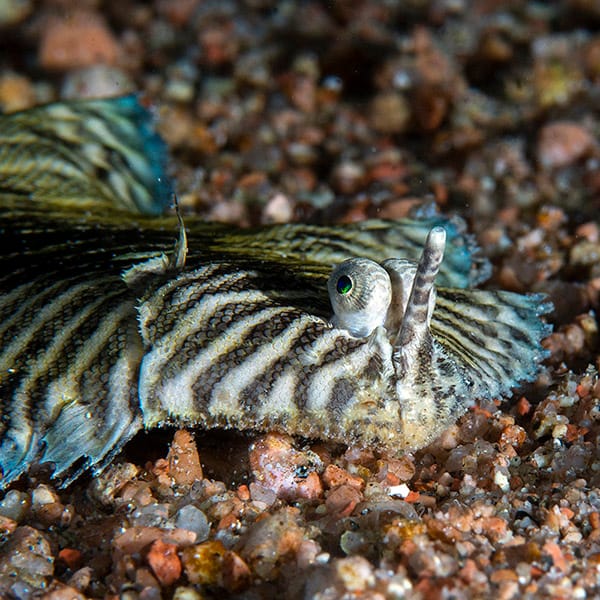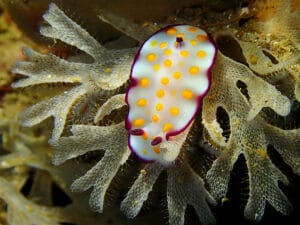Dahab, a small town on the Sinai Peninsula, has long attracted tourists with its excellent dive sites, relaxed atmosphere, and stunning views of the sea and mountains.
The Red Sea has generously blessed Dahab with an incredible diversity of marine habitats, including seagrass beds, bottomless drop-offs, and sandy areas. This variety creates a rich marine ecosystem, where you can find hundreds of species of fish, corals, and invertebrates. What’s especially unique is that many of these species can be found right within Dahab Bay, just steps from the seafront promenade lined with restaurants and shops.
To help first-time visitors make the most of their trip, we’ve selected 12 unique fish species that are easy to spot in Dahab but hard to find elsewhere. Use this list as a guide for your first dive adventures in Dahab!
1. Filamentous Devilfish (Inimicus filamentosus)

On a dive in southern Egypt, my dive guide was surprised that I hadn’t taken a photo of this rare and unusual fish. I had to explain that, after diving extensively in Dahab, I’d come to see it as quite common! A member of the stonefish family, the Filamentous Devilfish has venomous spines, so be cautious around it. In Dahab, it can be spotted at several dive sites, but is most often seen at Mashraba.
2. Duskytail Chromis (Chromis pelloura)

This unusual Damselfish is unique to the Sinai region. It can often be spotted near coral reefs at depths beyond 20 metres, especially at Dahab dive sites like Lighthouse and Moray Garden, where it is commonly seen in small groups.
3. Red Sea Garden Eel (Gorgassia silneri)
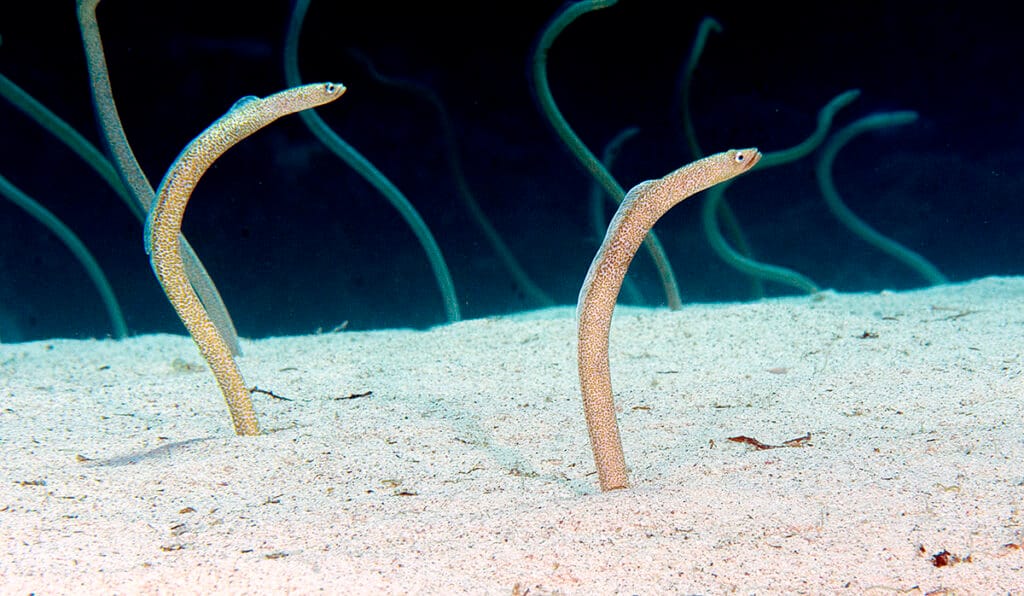
This Red Sea endemic species requires soft, fine sand to hide effectively from divers and underwater photographers. However, even from a few meters away, large colonies of hundreds are a picturesque sight. Watch closely, and you’ll see them not only swaying with the current but also communicating with each other, catching plankton particles, and even quarreling over them! In Dahab, Eel Garden (naturally!) and Um Sid are the best dive sites to observe these colonies at shallow depths.
4. Dor’s Sole (Soleichthys dori)
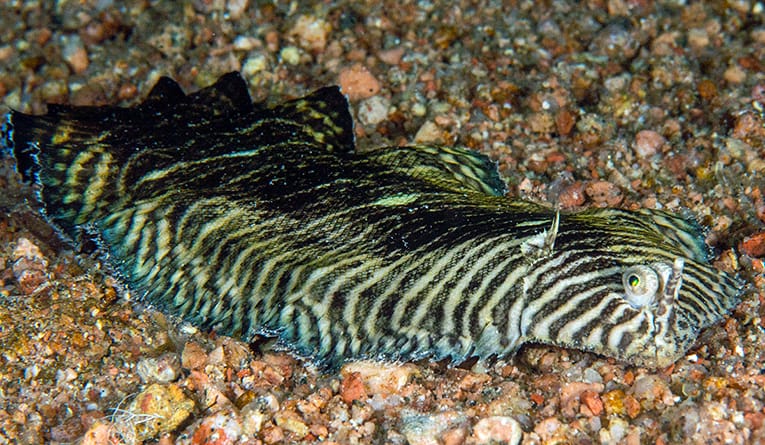
This unique sole is often encountered by divers at the very start of a night dive at Lighthouse. Its amusing proboscis helps it breathe while burrowed in the sand during the day.
5. Rosette-Spotted Stargazer (Uranoscopus rosette)
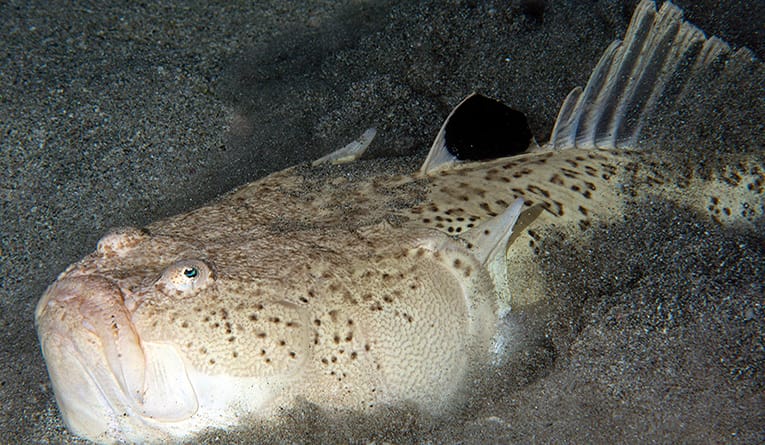
With a keen eye, you can often spot this nocturnal hunter along the sandy slopes of Dahab dive sites like Lighthouse and Mashraba.
6. Jayakar’s Seahorse (Hippocampus jayakari)
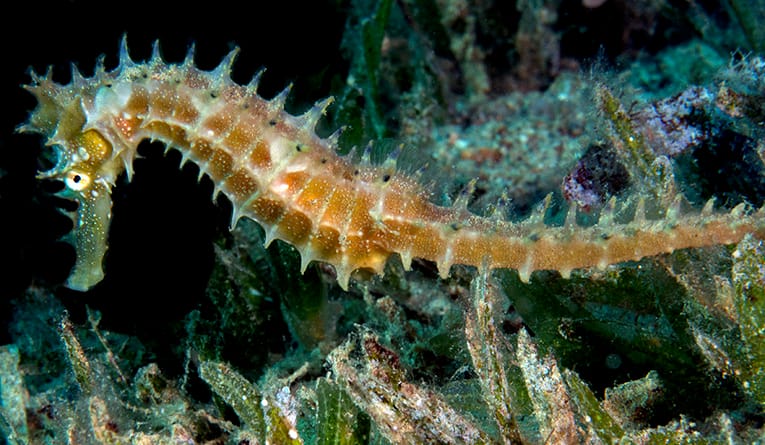
Another resident of the seagrass beds, this yellow-brown seahorse with white dots and sharp spines along its ridges is a fascinating find. Mashraba is a prime spot to look for these seahorses, though they can occasionally be spotted at other Dahab dive sites as well.
7. Slender Emperor (Lethrinus variegatus)

This smallest species of emperor fish favors seagrass beds on sandy slopes, like those at the Mashraba dive site. While it’s rare throughout the Indo-Pacific, it’s commonly found in Dahab. Identification tip: note the slightly convex dorsal profile of the head extending to the eye.
8. Oriental Wrasse (Oxycheilinus orientalis)

This species is common in the seagrass beds of Mashraba. Although it has a wide distribution across the Indo-Pacific, it is rare in most other regions. In the Red Sea, it’s easiest to spot at Dahab’s dive sites.
9. Social Fairy Wrasse (Cirrhilabrus rubriventralis)

Once again, the grass beds at Dahab dive sites prove to be a haven for rare species! This fish is seasonal – at times, you’ll find males with large harems, while at other times, even spotting a female is a challenge. Like other flashers, the males typically put on a display in the late afternoon.
10. Pharaoh’s Moray (Gymnothorax pharaonis)

This rare moray eel was only described in 2019, yet it is quite common in Dahab. The shallow sandy and seagrass areas from Bannerfish to Lighthouse are the best spots to encounter it during night dives.
11. Orangehead Anthias (Pseudanthias heemstrai)
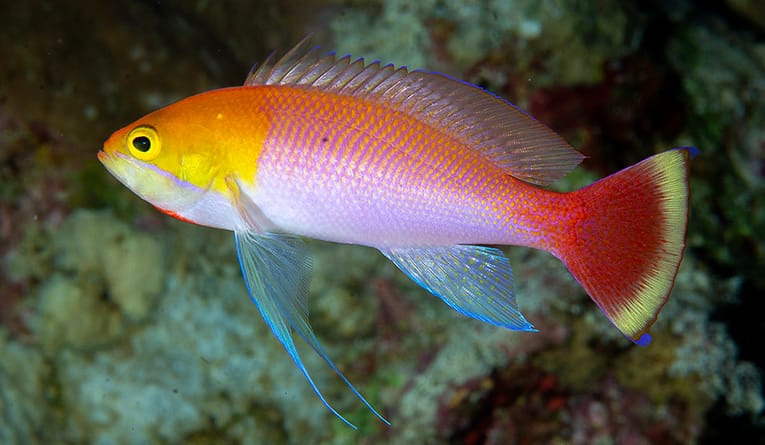
This rare and beautiful Red Sea endemic features lavender-pink males with orange heads that guard their harems against rival males. They prefer steep drop-offs at depths below 30 metres. Be sure to check with the dive centre about your ability to dive to this depth, considering your qualifications and equipment. The Blue Hole, an external drop-off, is not only the best dive site in Dahab to see them but also practically the only one. They can occasionally be found in the deeper parts of the Lighthouse.
12. Red-striped Hogfish (Bodianus opercularis)
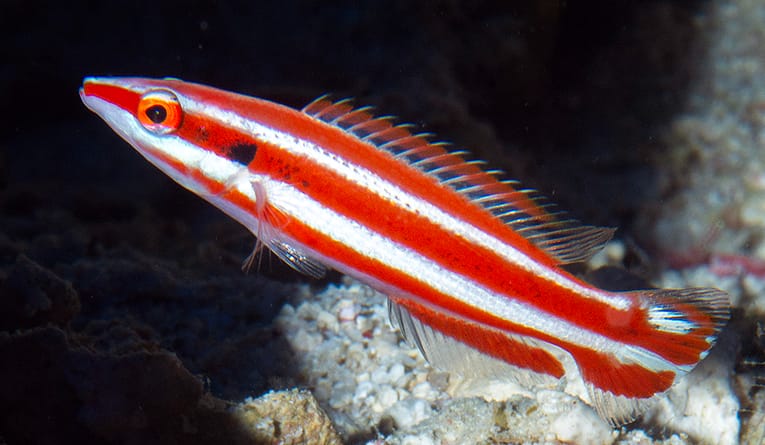
This fish shares its habitat with Orangehead Anthias and is most often found accompanying them. It’s a very curious species; if you swim near the anthias at depths of 30-35 meters, you can be sure it will appear within a couple of minutes to check out what’s happening.
Most of these species can be observed year-round, but seasonality is inevitable, and some may vanish for several weeks. If you’re interested in fish, corals, and other inhabitants of the Red Sea, we recommend the most comprehensive source of information: the Red Sea Marine Life Book. This pictorial guide features 2,900 full-color photographs of over 2,100 species, including more than 810 fish species.
The author first visited Dahab over 20 years ago and is an underwater photographer, author, and publisher of books about the marine world of the Indo-Pacific. He now dives regularly in Dahab and has thoroughly studied its dive sites.
Reposting is permitted, provided there is a mandatory link to the source of the publication.

